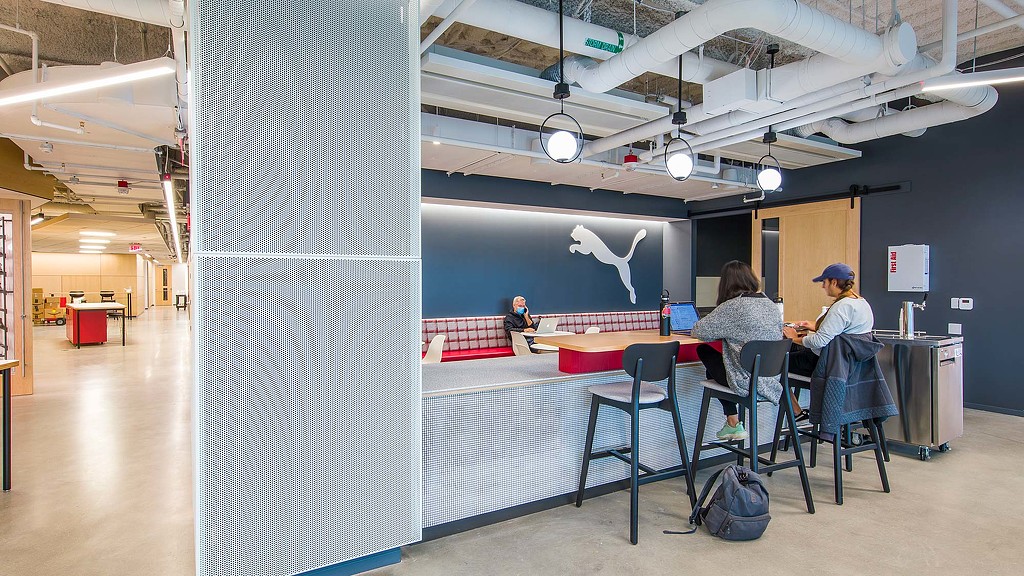Consumer Goods
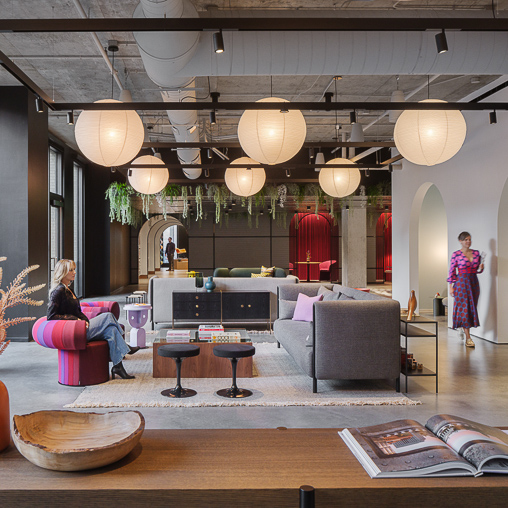
Workplace Resource
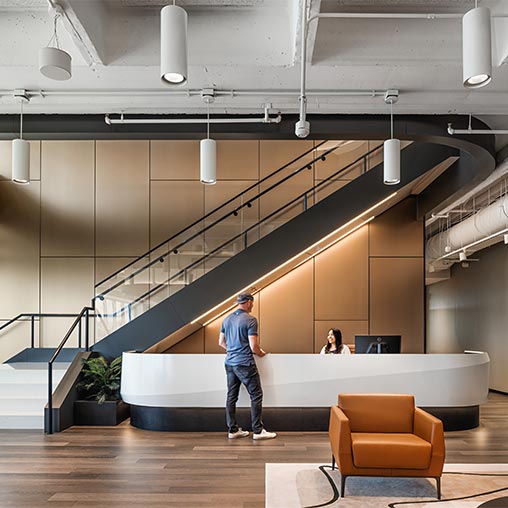
Group 1 Automotive Headquarters
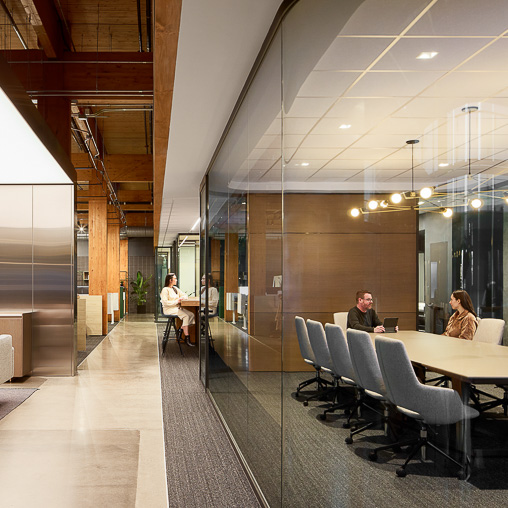
Officeworks Nashville Showroom
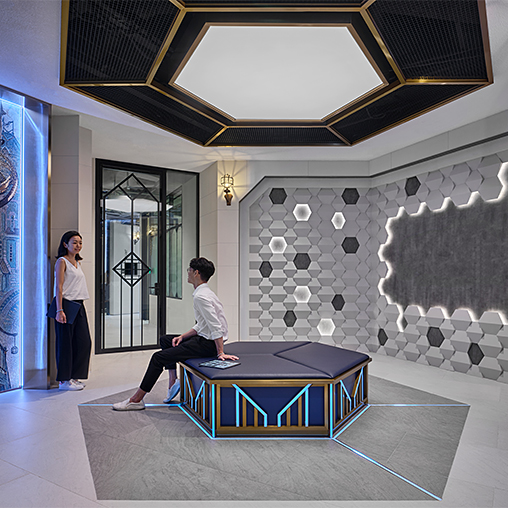
Confidential Technology Client
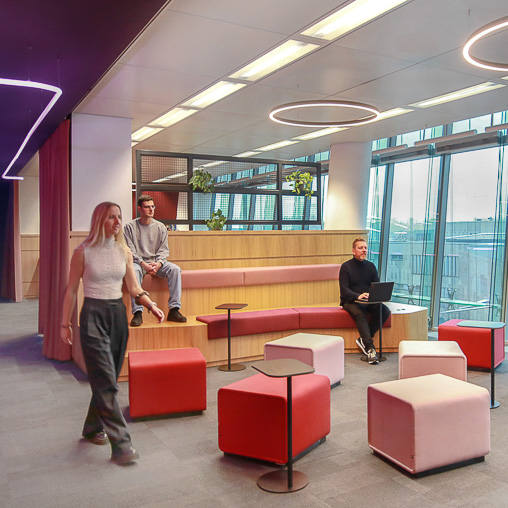
Confidential Technology and Entertainment Client
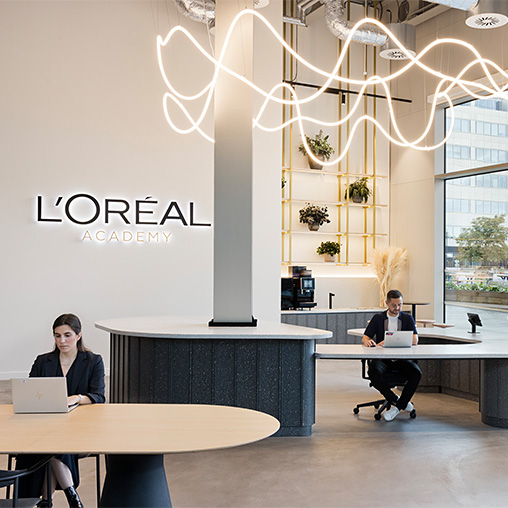
L’Oréal Gateway London HQ
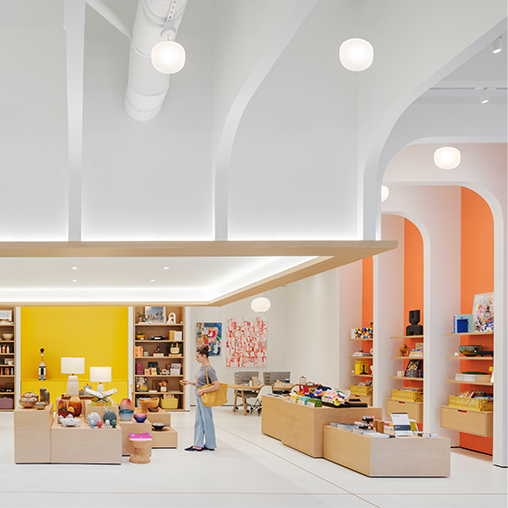
Adorn

Under Armour Global Headquarters
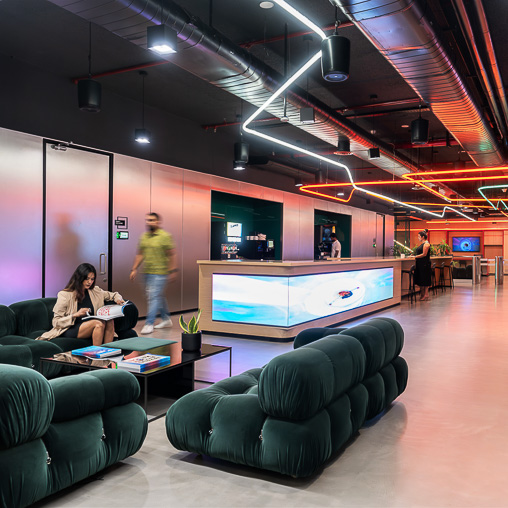
7-Eleven Global Solution Centre
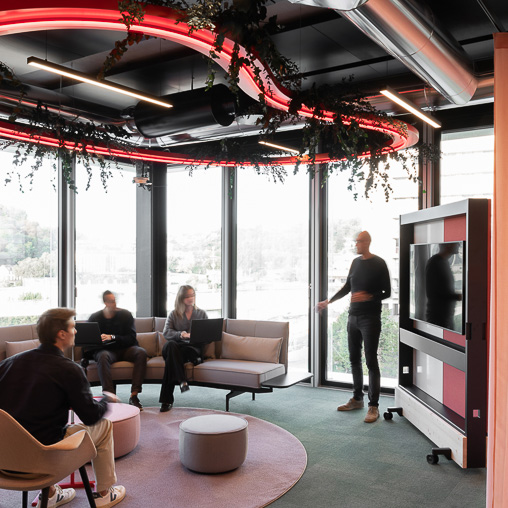
Henkel
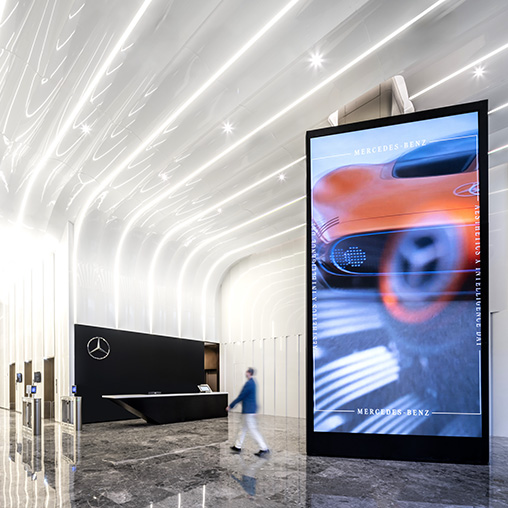
Mercedes-Benz R&D Center Shanghai
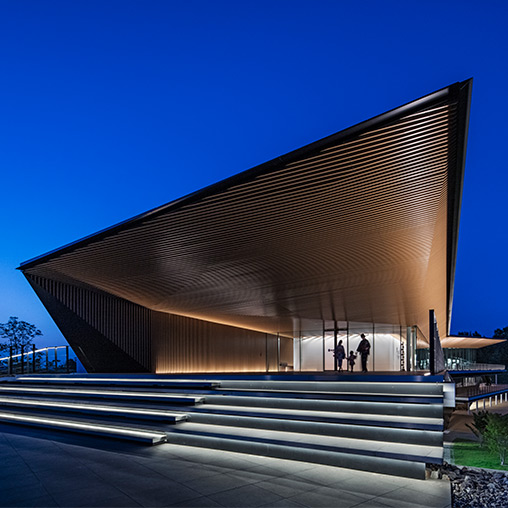
MARUWA Seto Factory
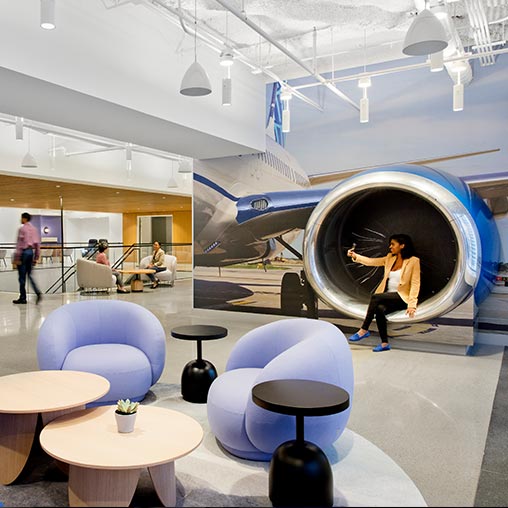
United Airlines Amenity Hub
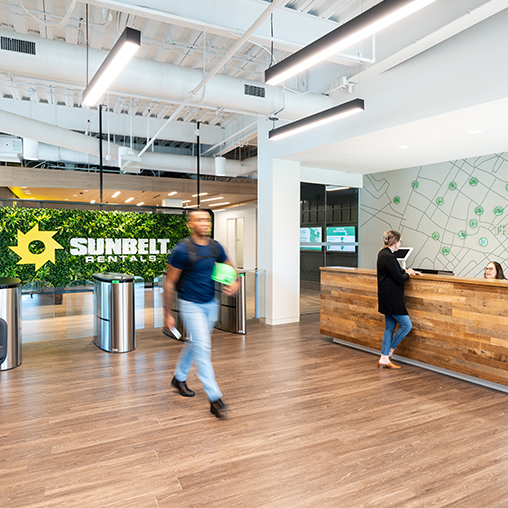
Sunbelt Rentals
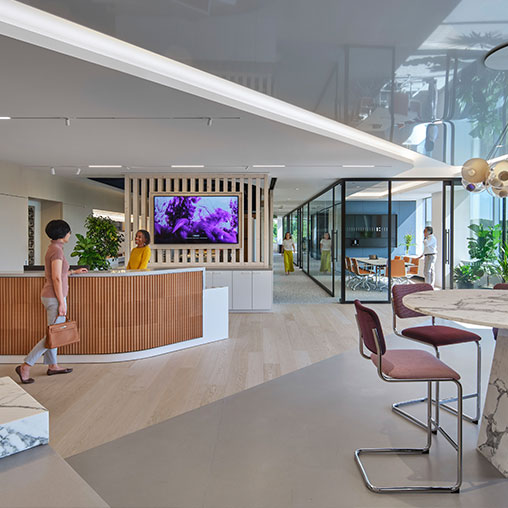
Bialek Office / Showroom
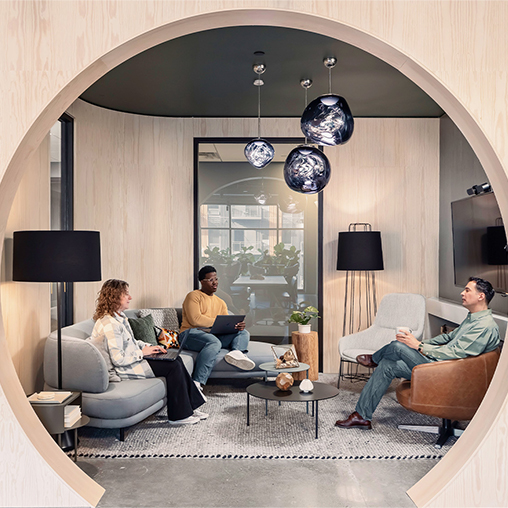
Acre Showroom
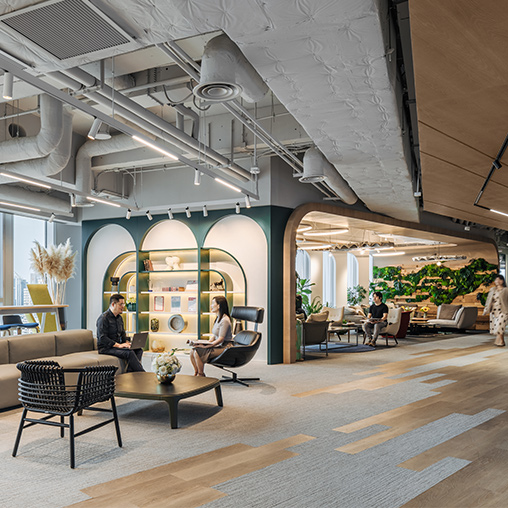
HWS-Haworth Customer Experience Centre
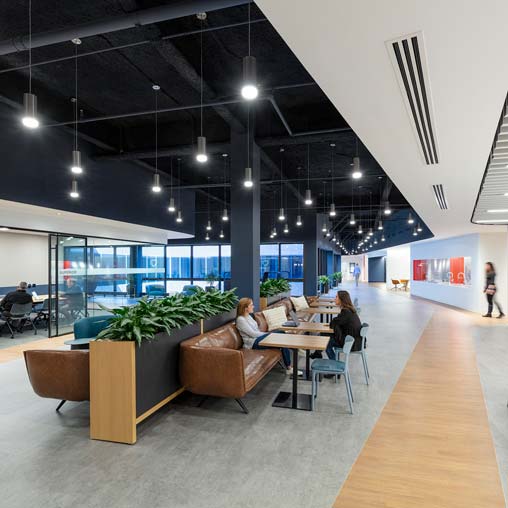
Lixil Headquarters
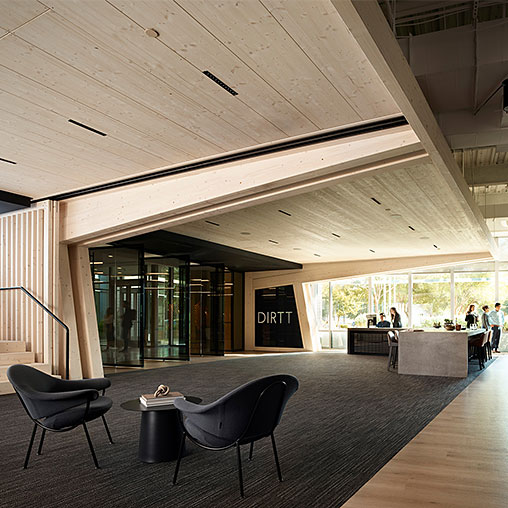
DIRTT Showroom Dallas
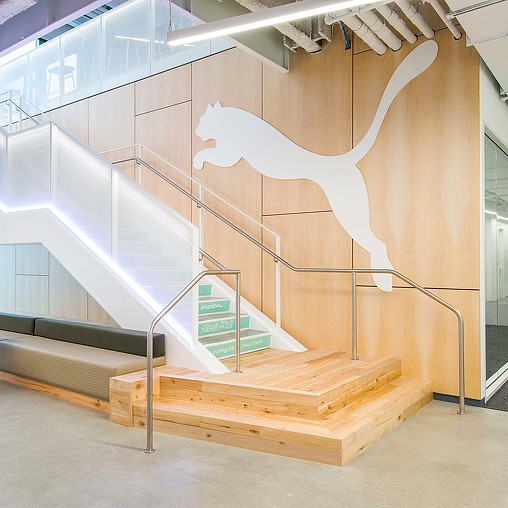
PUMA North America Headquarters
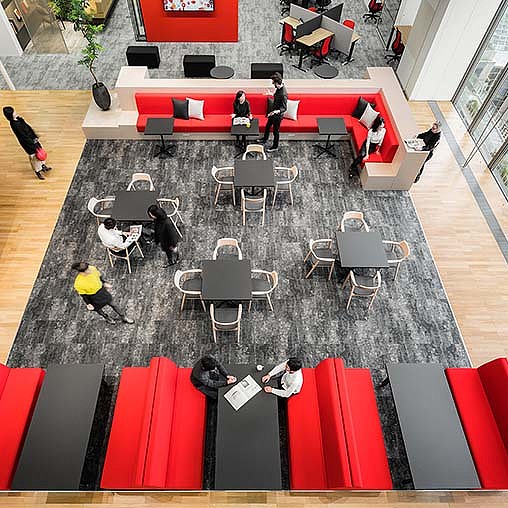
Shiseido
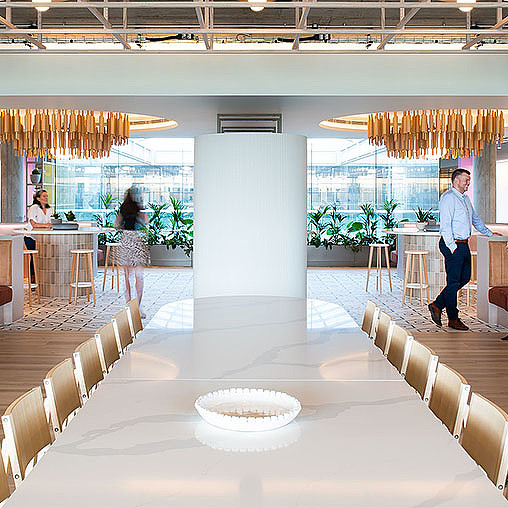
pladis HQ
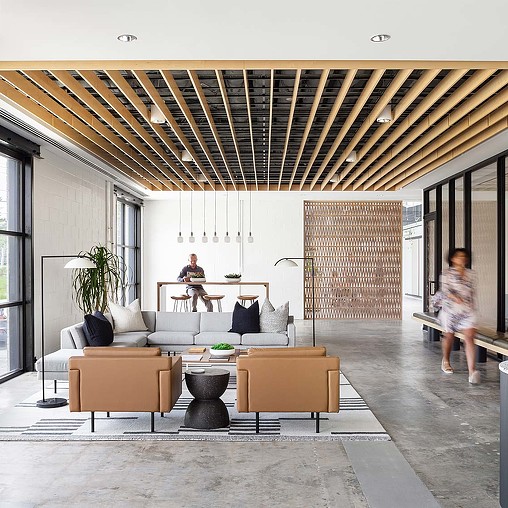
Accent Decor
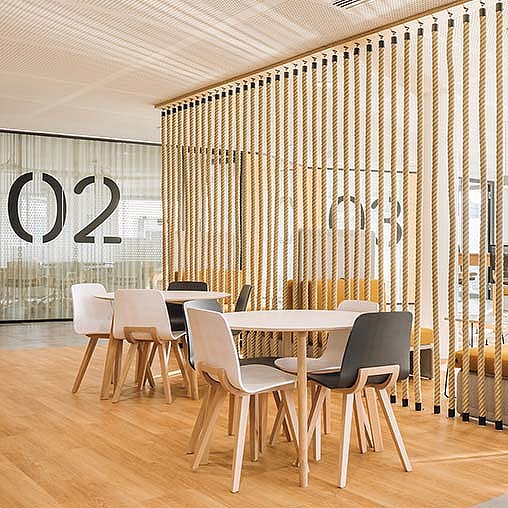
Confidential Consumer Goods Company
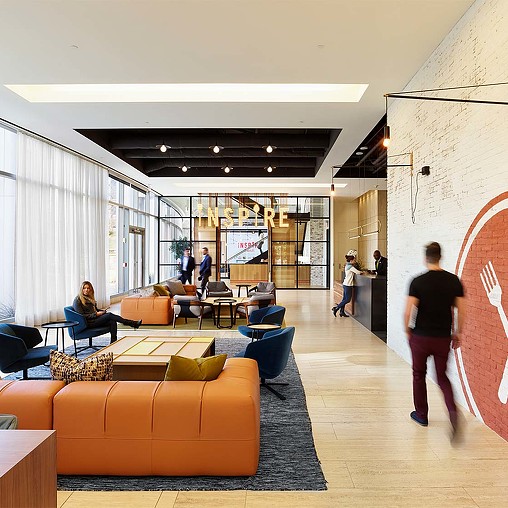
Inspire Brands
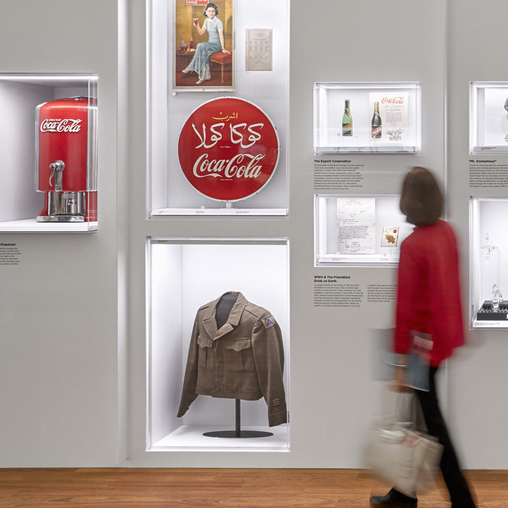
The Coca-Cola Company
Central Reception Building
Brand Design
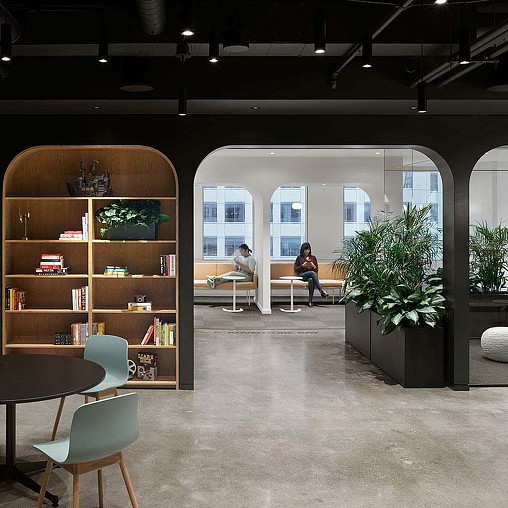
Spin Master
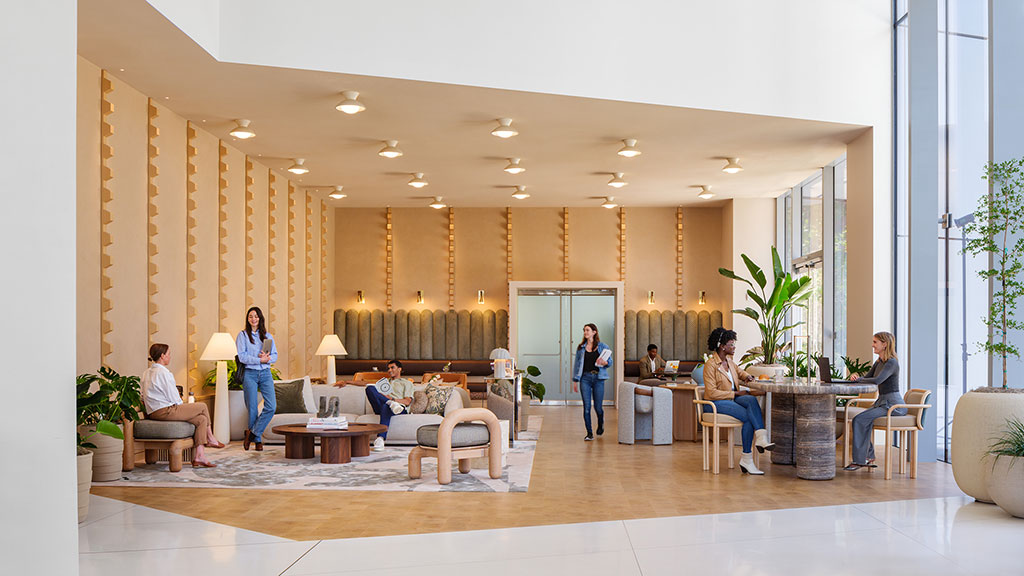
10 Workplace Trends for 2026: What’s In and What’s Out?
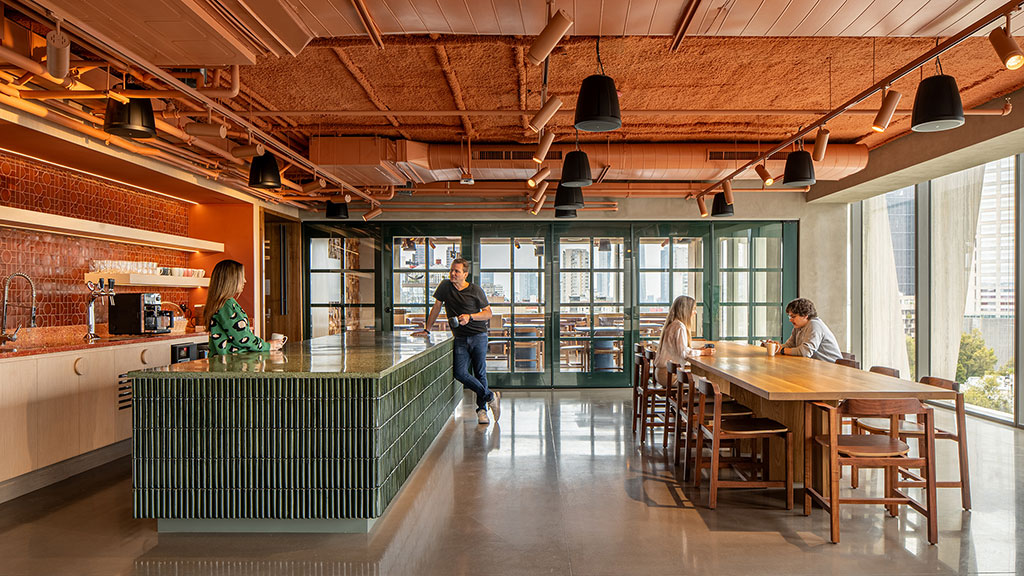
The Future of Real Estate Metrics: Human Connection
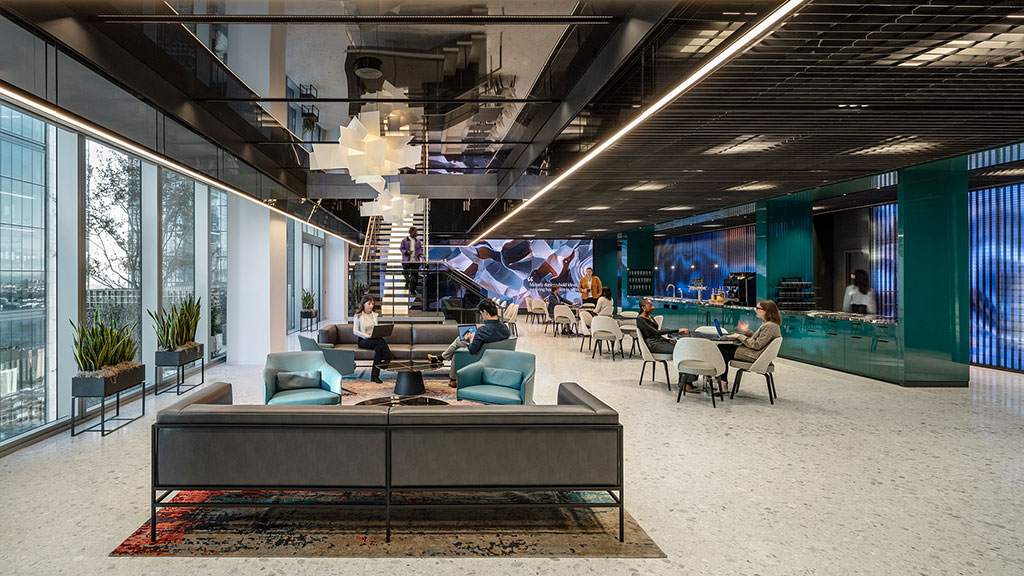
Human and ‘Digital Employee’ Collaboration Will Transform Workplace Design
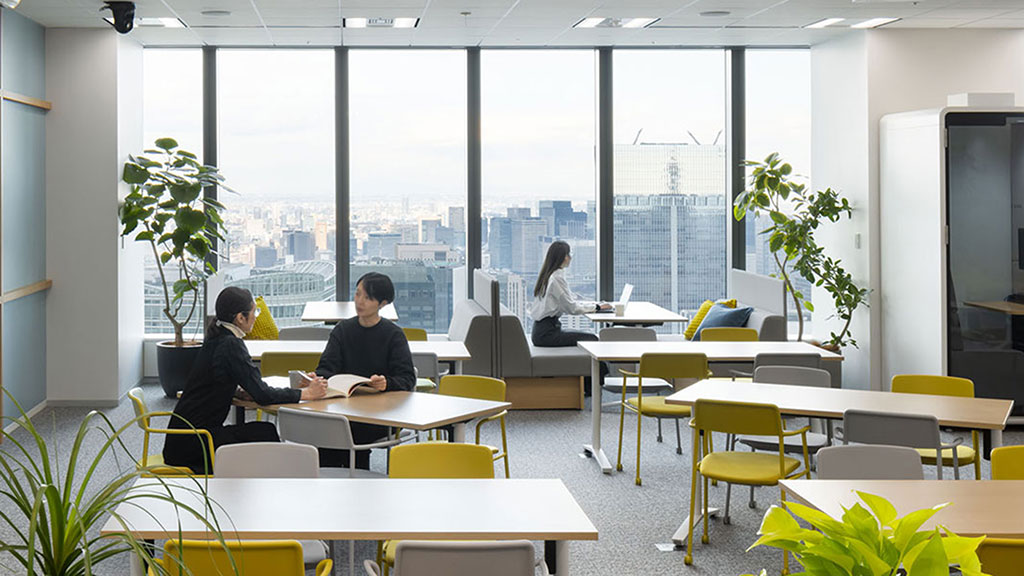
Why Japan’s Workplace Trends Are Moving Against the Global Current
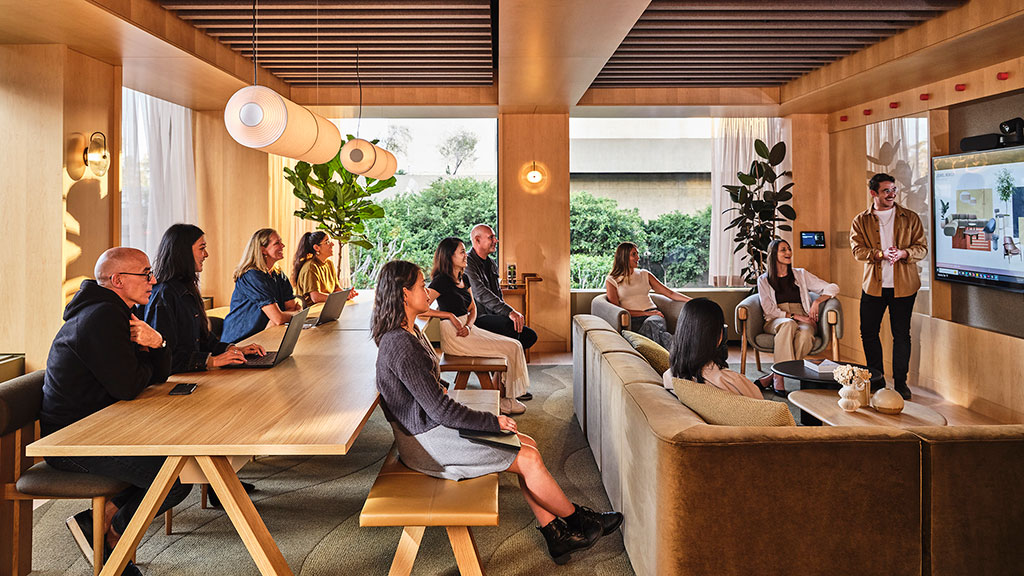
Designing Workplaces That Work — With Your People
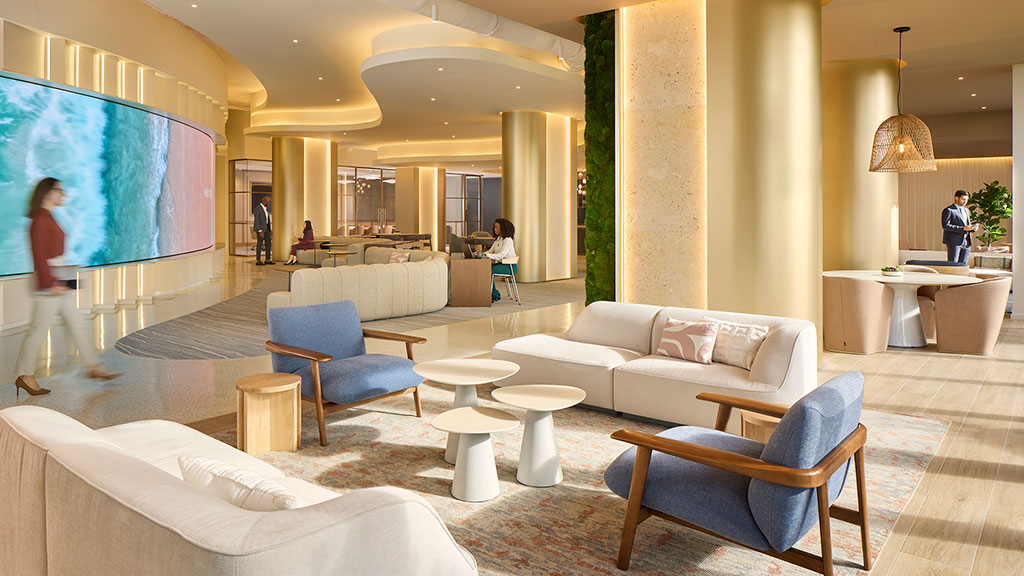
Doing More With Less: Designing Small Spaces for Big Impact
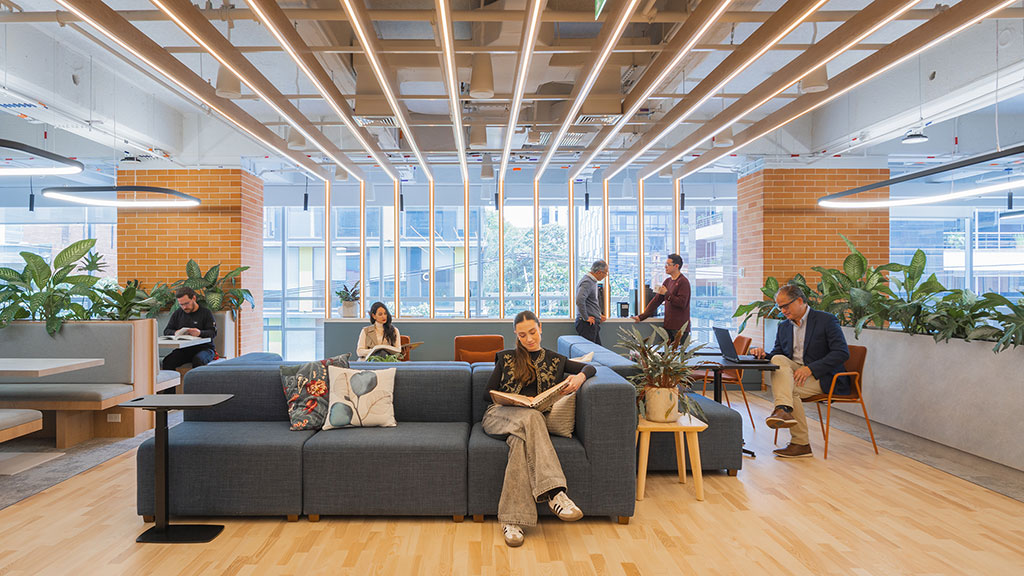
Debunking 3 Myths About Generational Differences in the Workplace
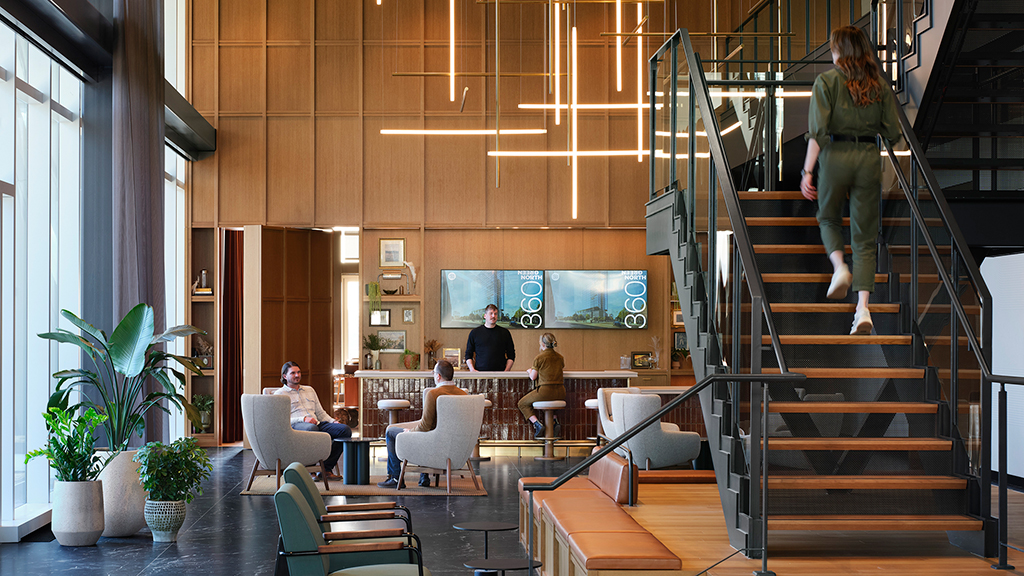
The New Club Workplace: More Than an Amenity
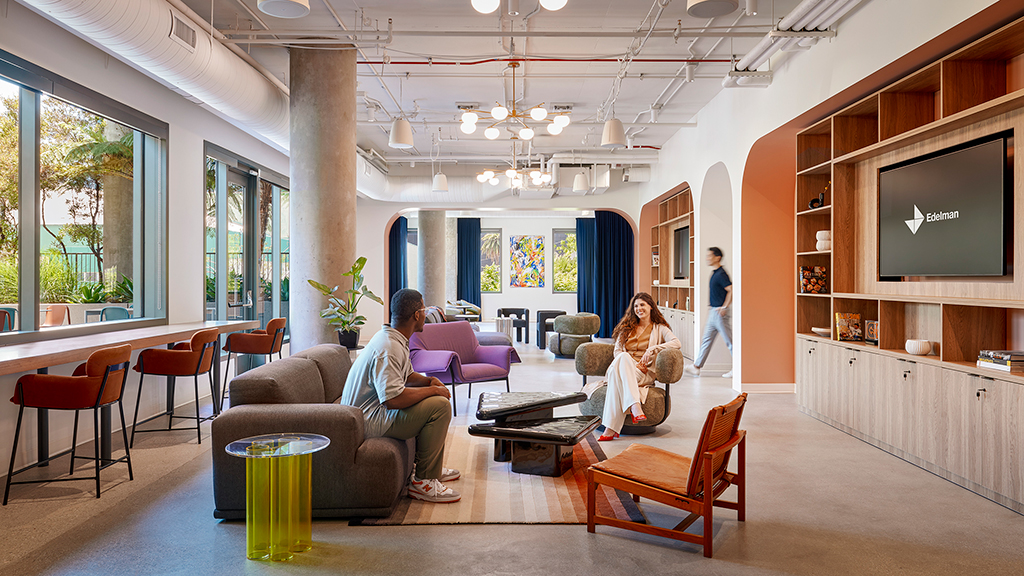
The New Workplace Experiences That People Crave
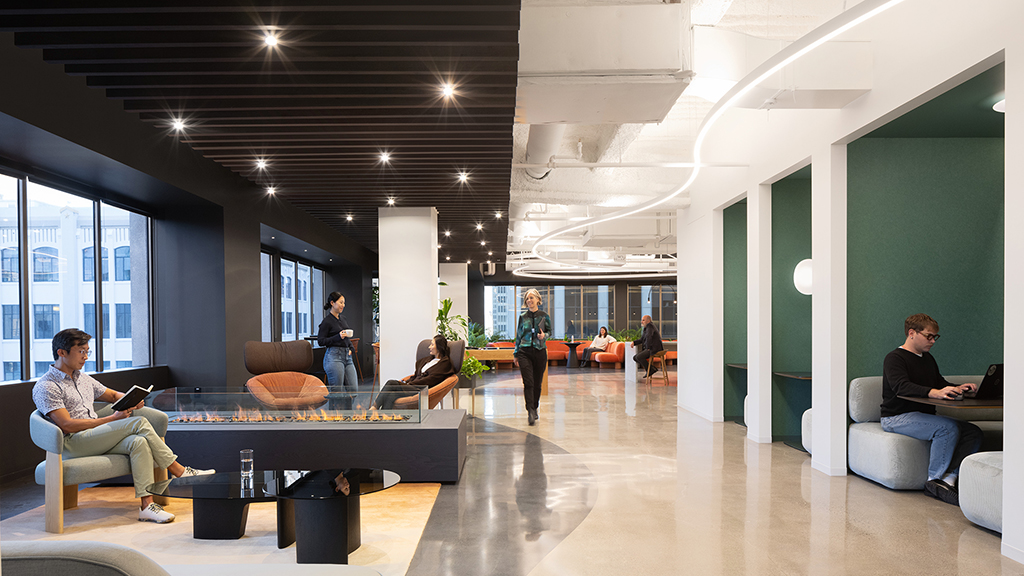
It’s Time for the Traditional Conference Room to Make Way for New Spaces
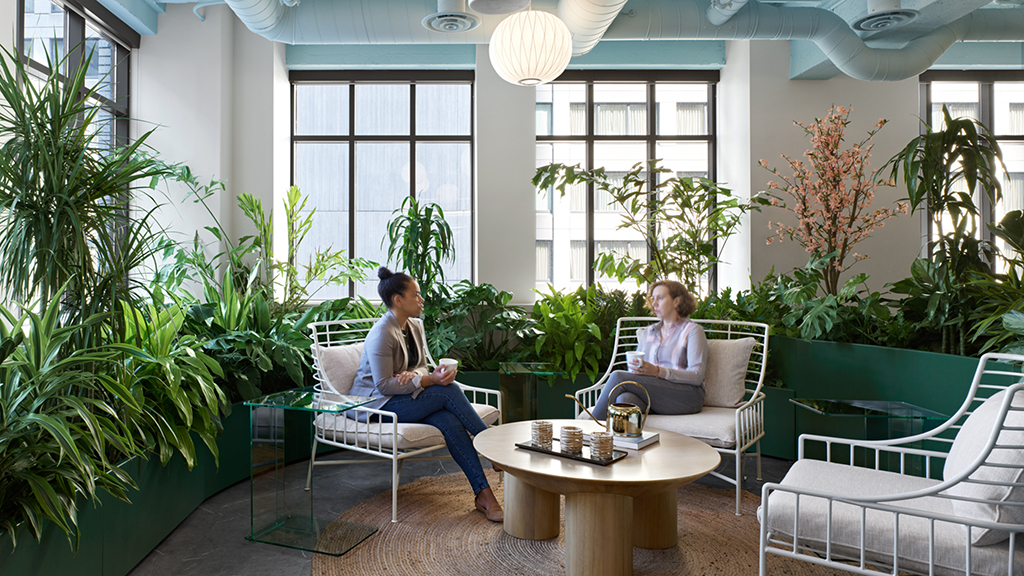
How Summer FOMO Is Shaping the Canadian Workplace
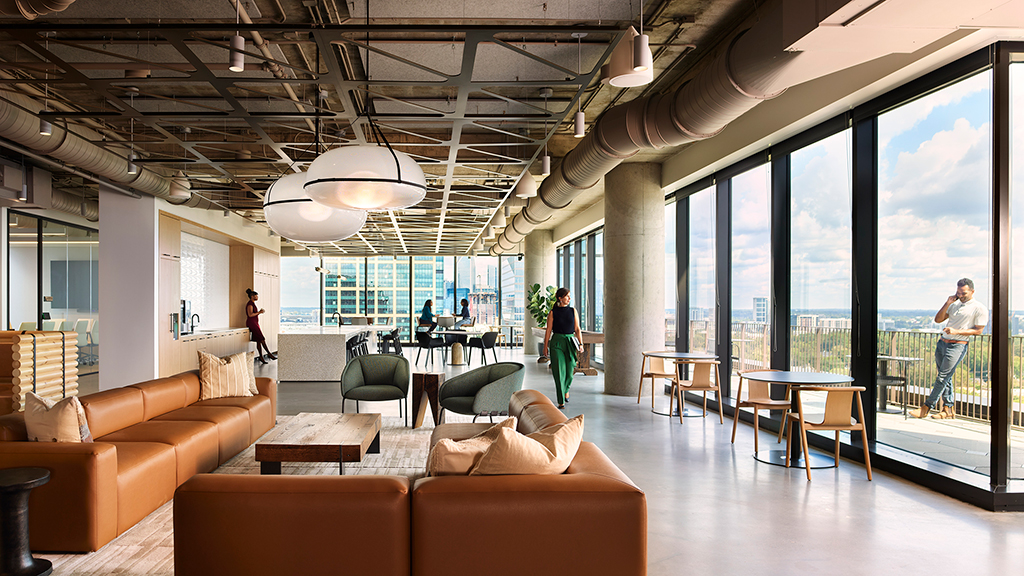
Agency Is the New Workplace Amenity
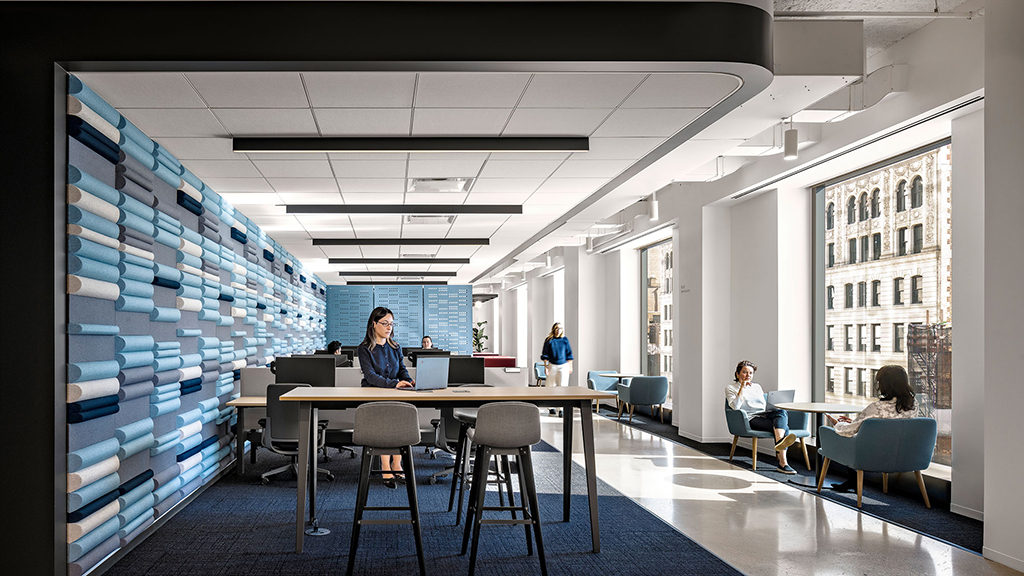
Why Now Is the Time for a Workplace Reset
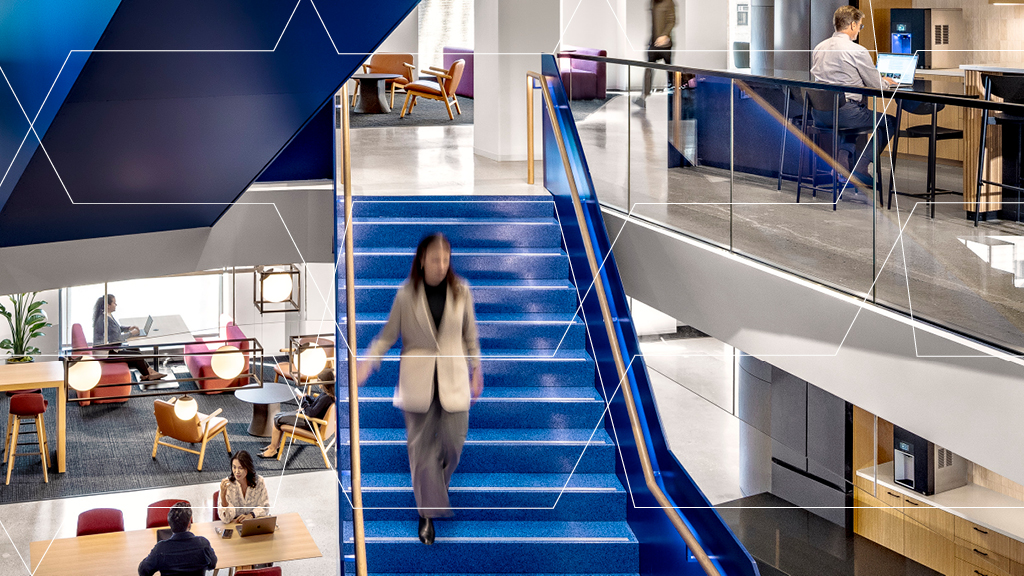
Global Workplace Survey 2025
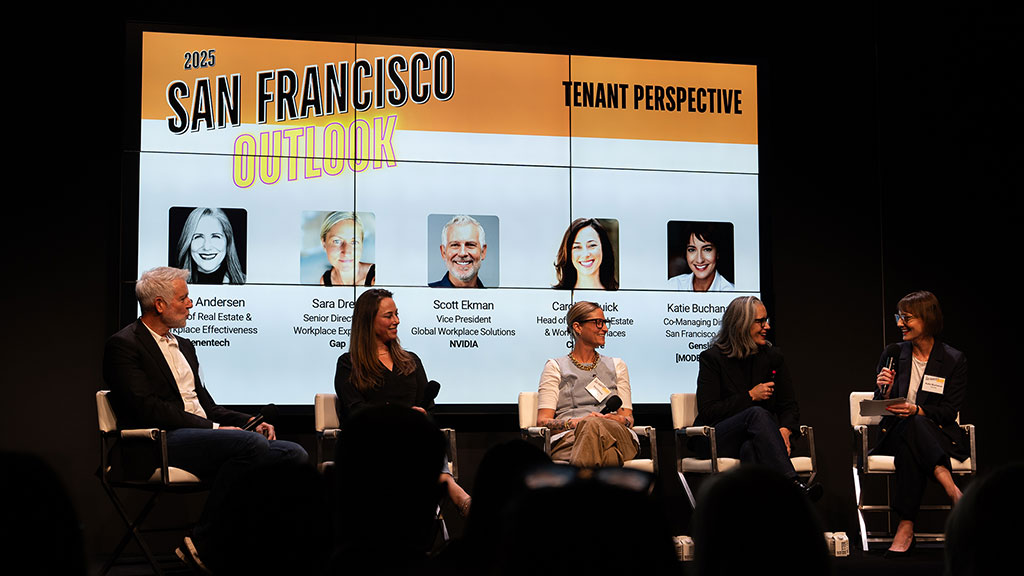
What’s Next for the Workplaces of San Francisco?
For consumer goods companies, innovation is the new routine.
From AI and data analytics to smart manufacturing and immersive retail, technology transforms every corner of the industry. This shift requires workplaces that enable experimentation, support digital fluency, and integrate technology in seamless, empowering ways — not just for efficiency, but for creativity and storytelling.
Climate priorities shift from green noise to “quiet sustainability.”
Sustainability evolves from a marketing buzzword into a core operational strategy. As consumers become skeptical of greenwashing claims, brands shift toward authentic, understated environmental action — such as closed-loop packaging, refill systems, and sustainable workplaces.
Smaller offices but bigger showrooms define the consumer goods workplace.
Companies reduce traditional office footprints but double down on places where they can create and test in real time. Research labs, test kitchens, and showrooms — situated alongside the workplace — allow brands to show off products and learn directly from their audiences.


Jay Koback

Juana Vasquez-Armstrong

Chris VanderWeyden
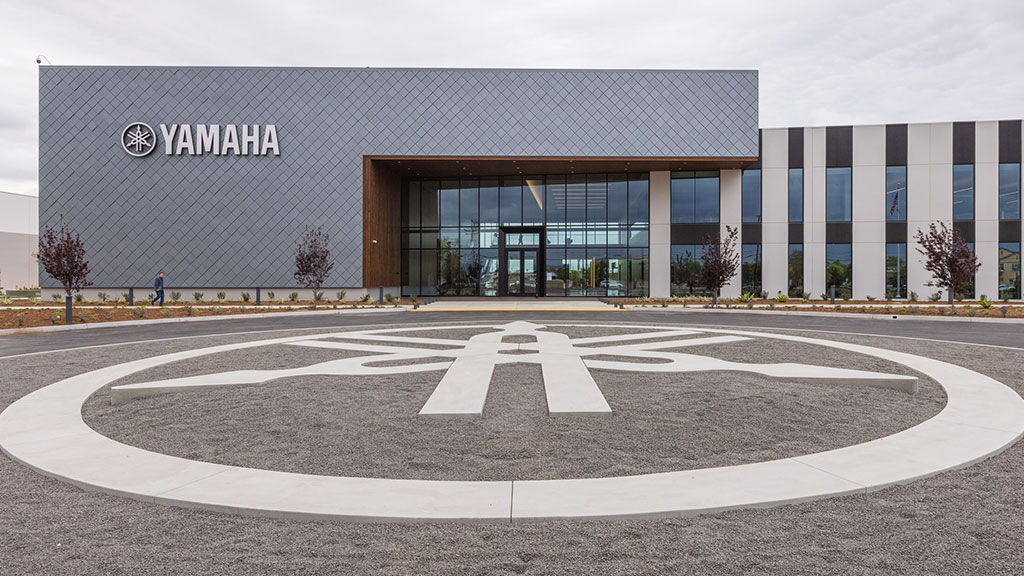
Music Inc. Online Spotlighted Yamaha’s Transformed Corporate Campus in Buena Park
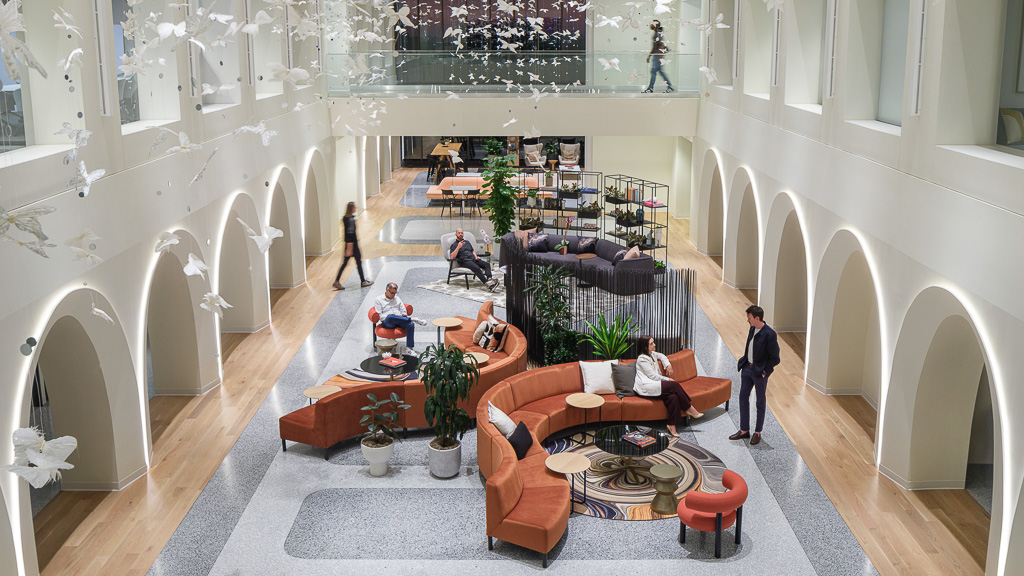
Interior Design Featured Gensler’s Award-Winning Design of Neiman Marcus Group’s Headquarters
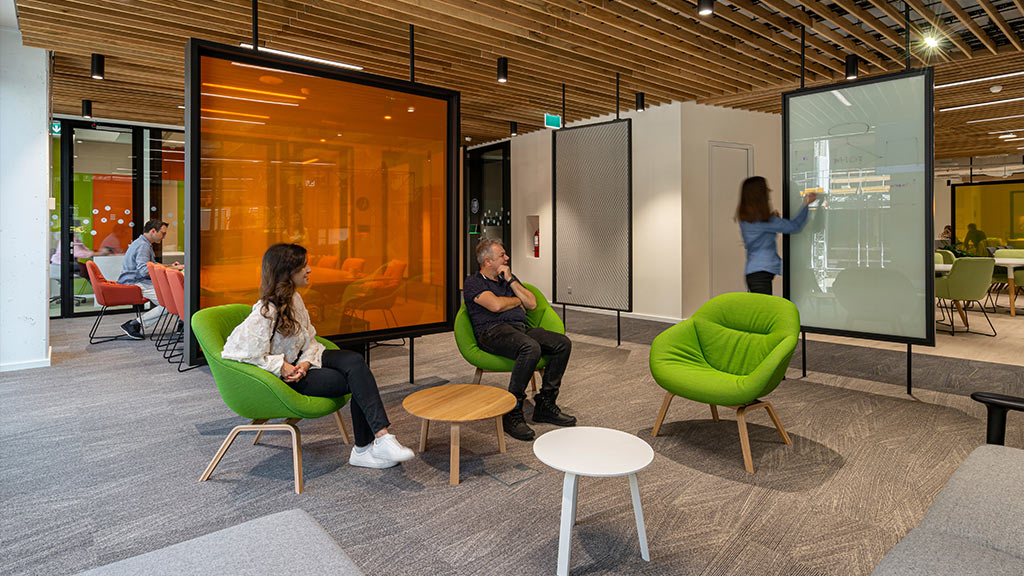
What Leaders Should Consider As They Redesign Their Offices for the New Era of Work
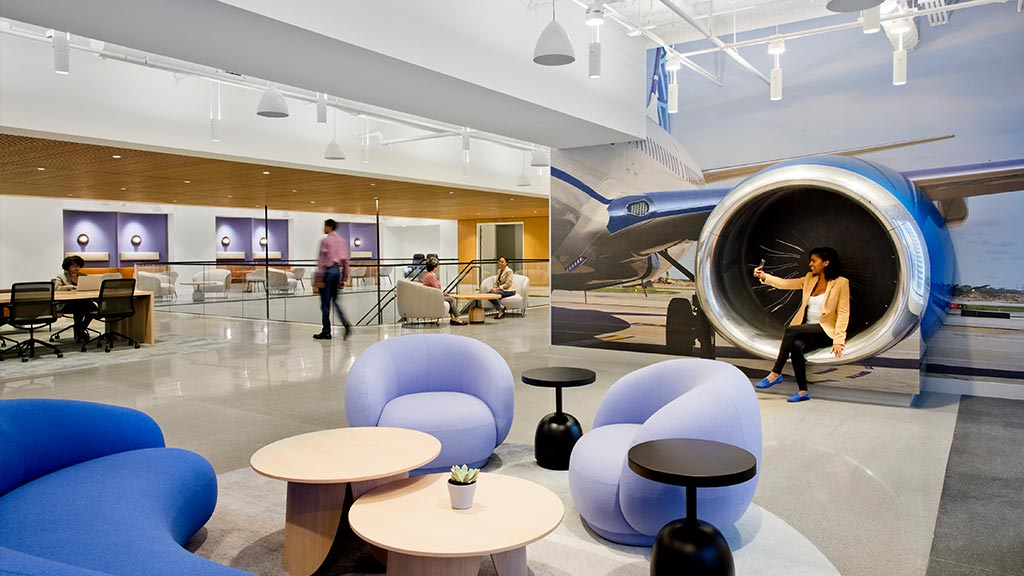
The United Airlines Amenity Hub is Named One of the Coolest Chicago Offices for 2023
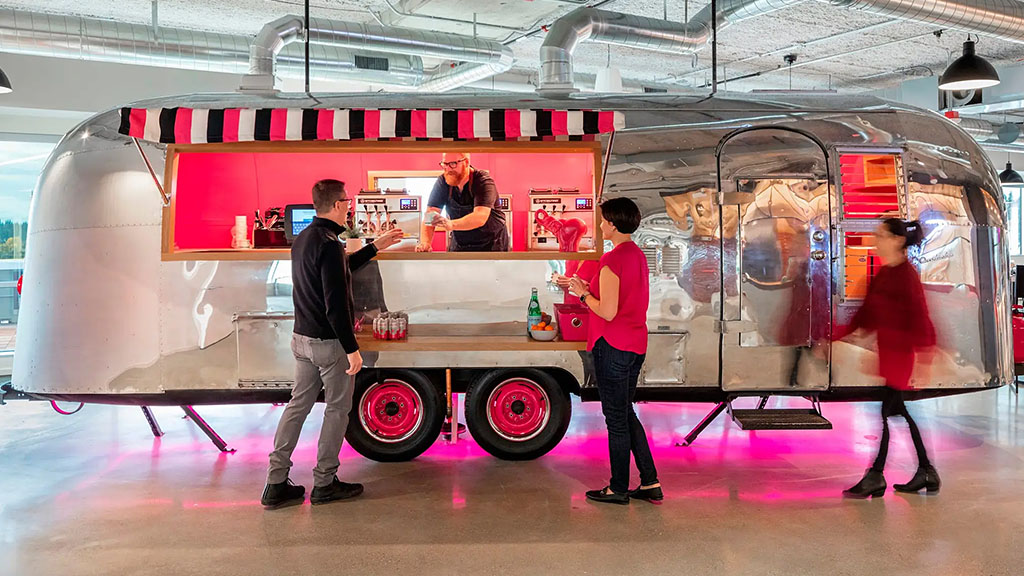
Business Insider Features New Gensler-Designed Workplaces in a Roundup of the Coolest Offices in North America
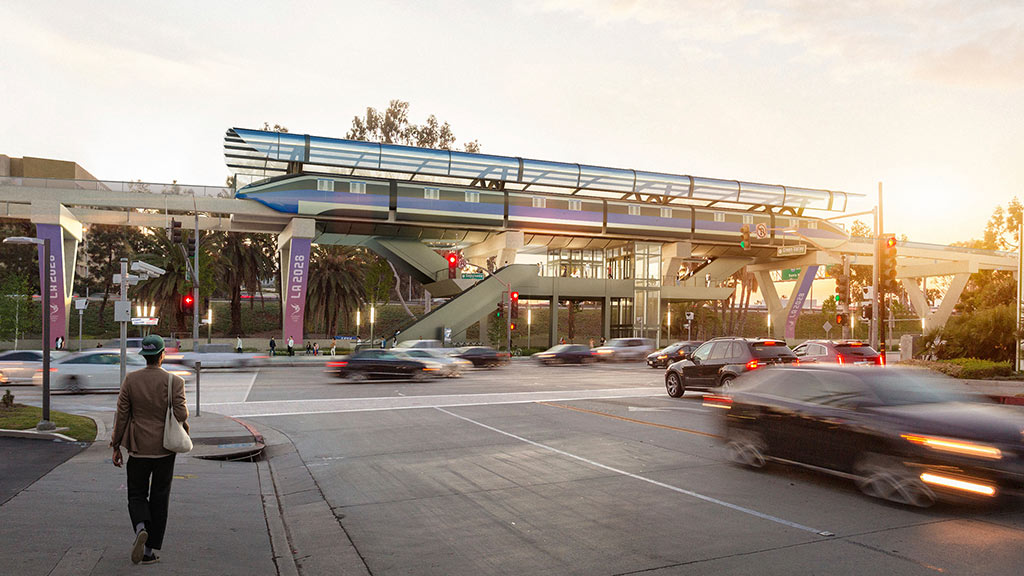
ThisWeekinFM Highlights 10 Trends That Will Change the Built Environment From Gensler’s Design Forecast 2023
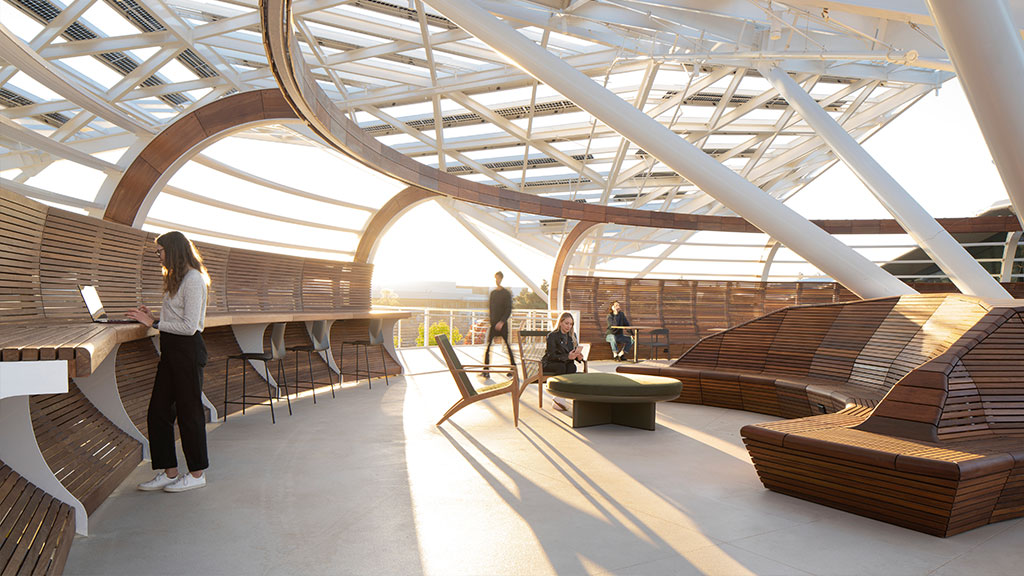
How Companies Are Reimagining Spaces to Support More Social Interaction Among Colleagues
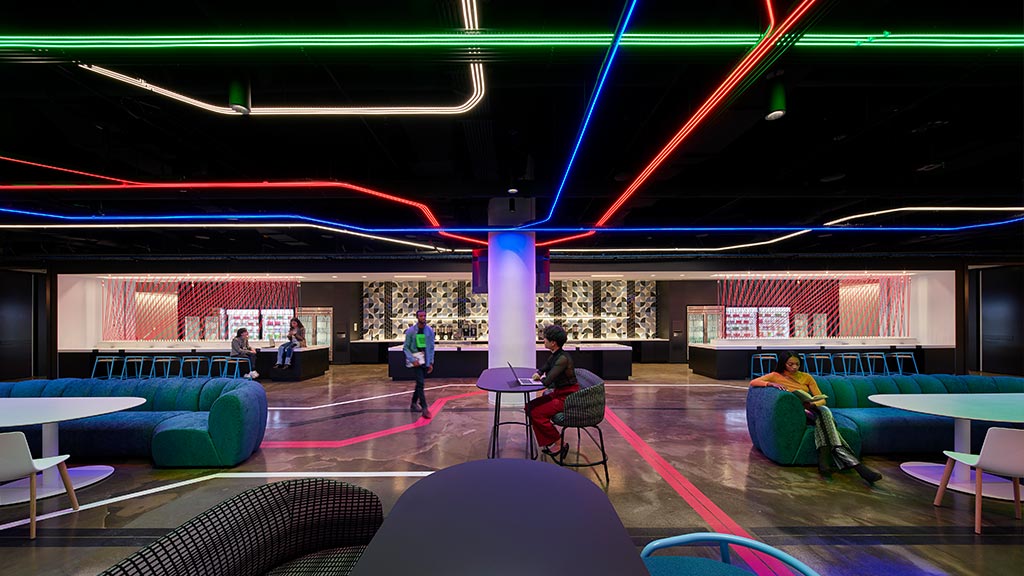
Gensler’s Design of TikTok’s New Office in New York “Captures the Soul of the City”
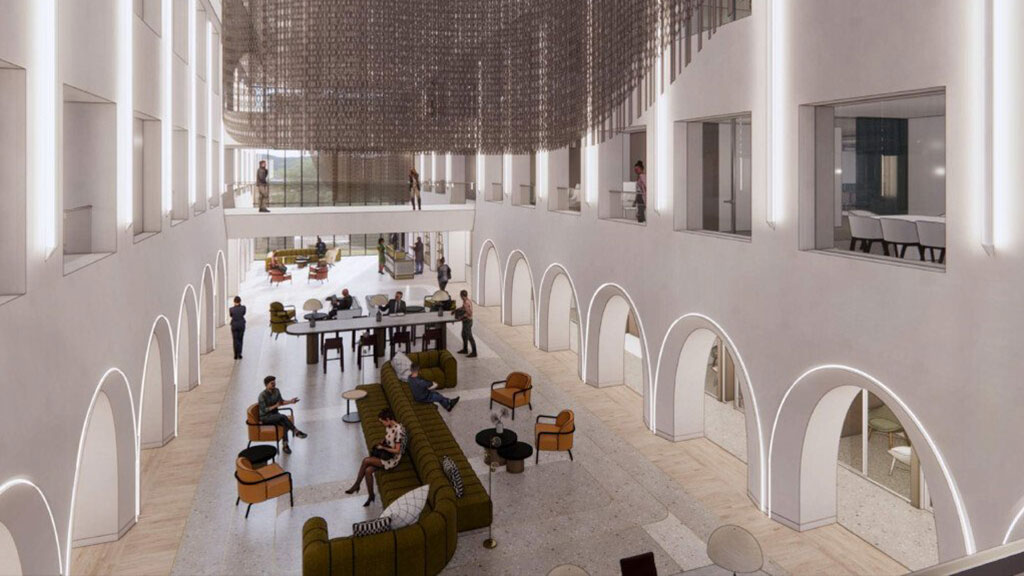
Business of Fashion Explores What Makes a Great Fashion Office
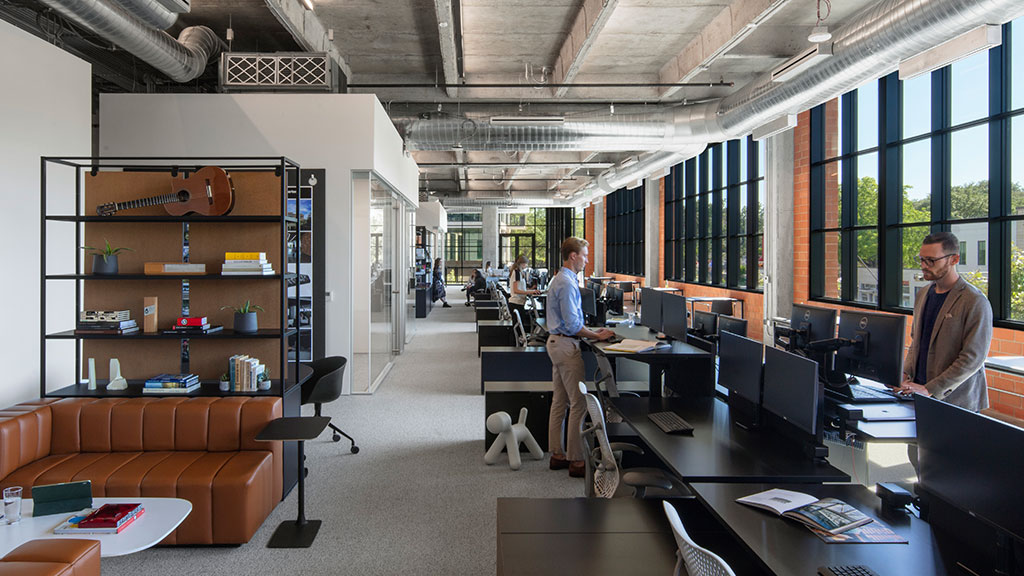
Transforming the Office into an Experience Multiplier
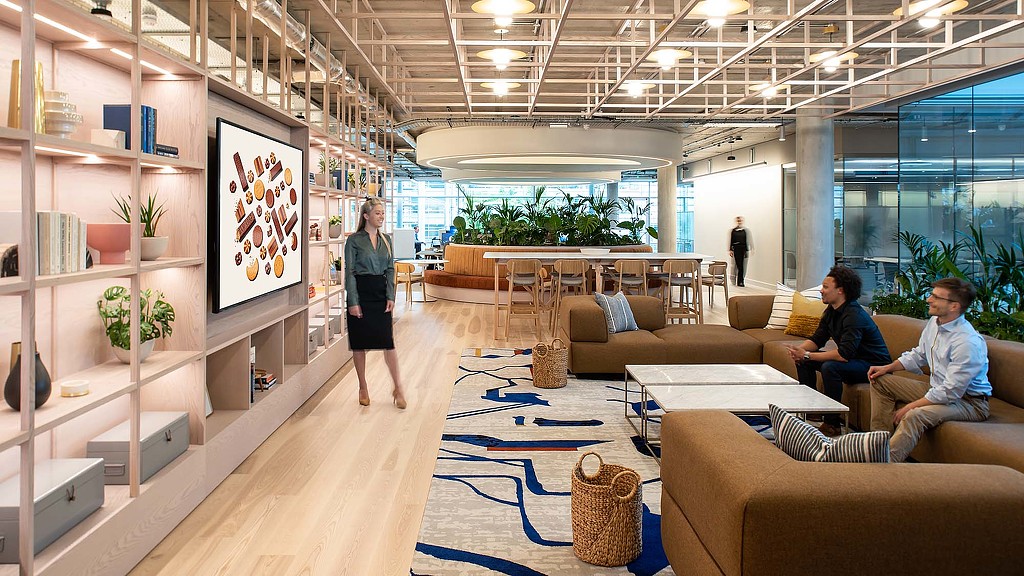
Pladis Global Offices Showcases a Vision to Bring ‘Happiness to the World With Every Bite’
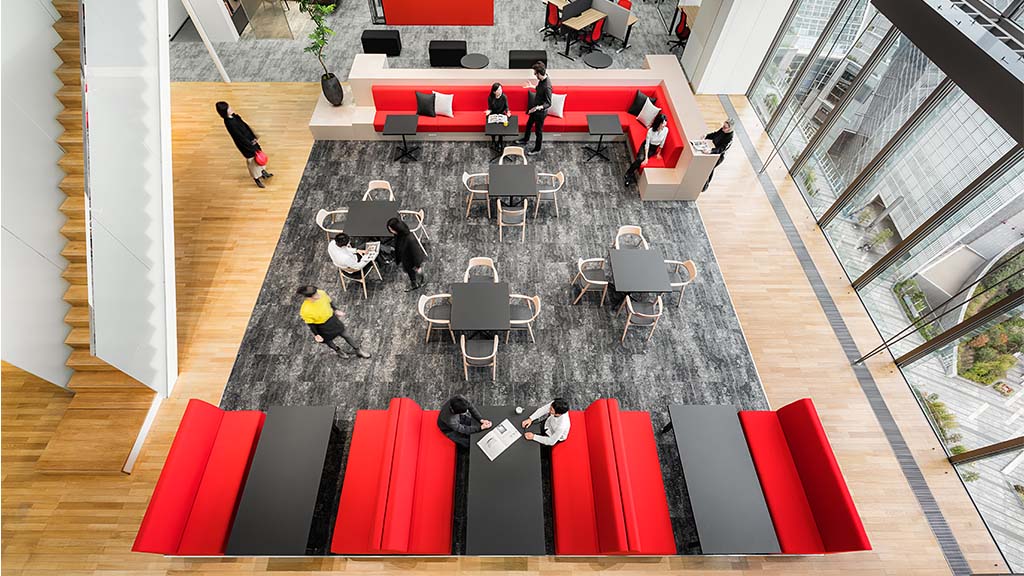
AIA Japan Awards
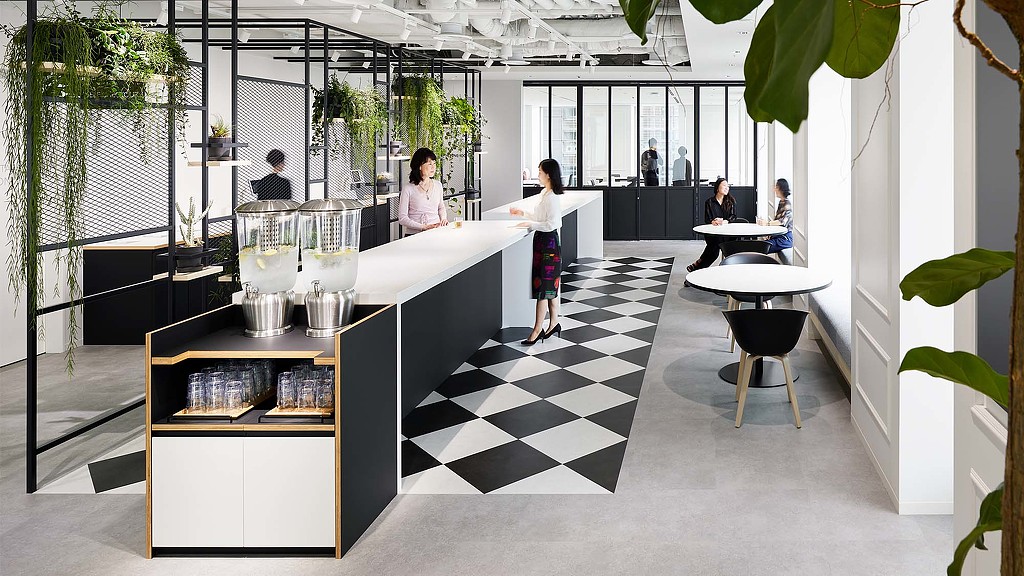
Best of Year Awards 2021 Finalist
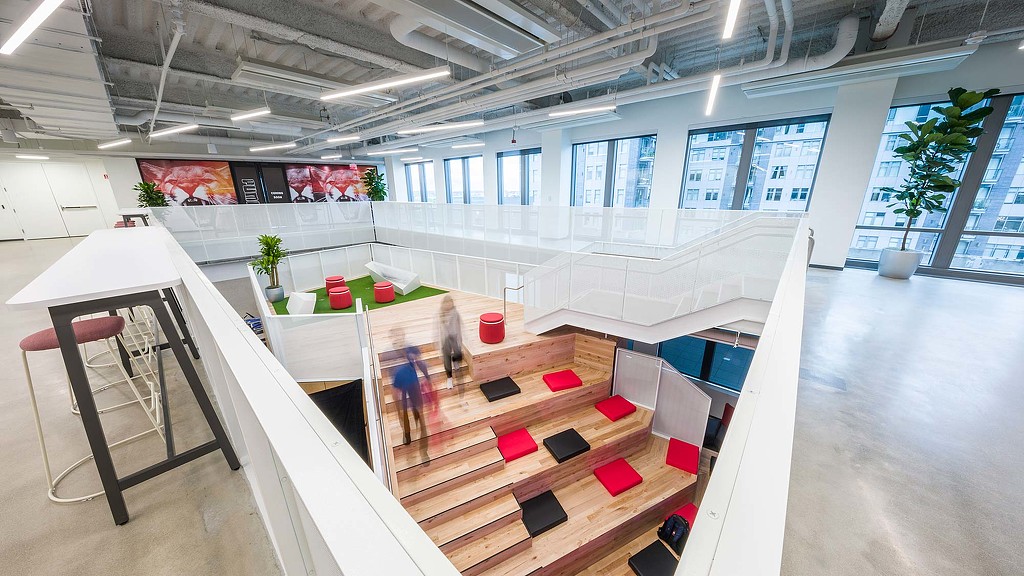
Inside the Amenity-Driven PUMA HQ, Designed by Gensler
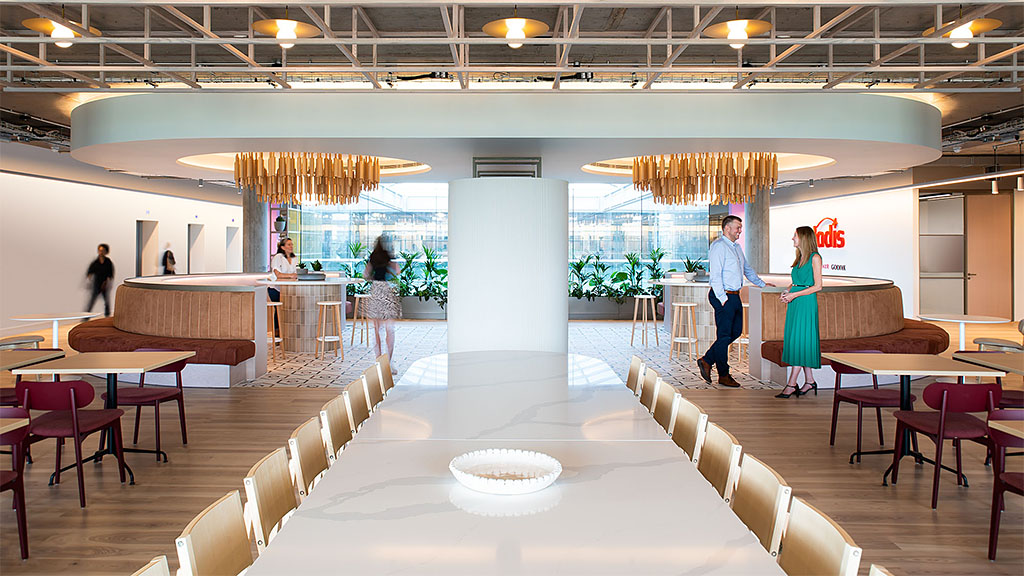
Gensler Was Challenged to Design a Future-Ready, Feel-Good Workspace
